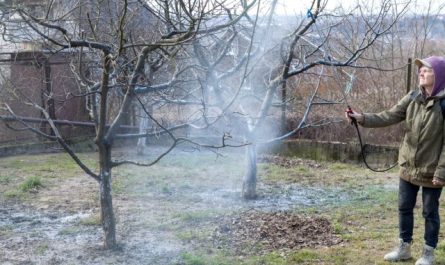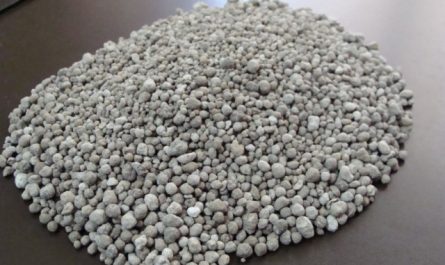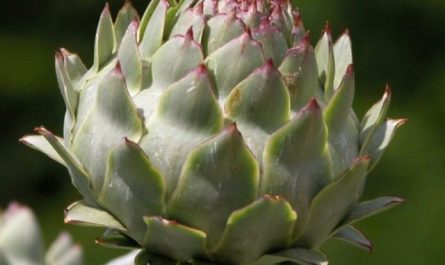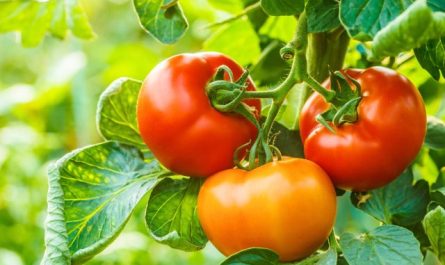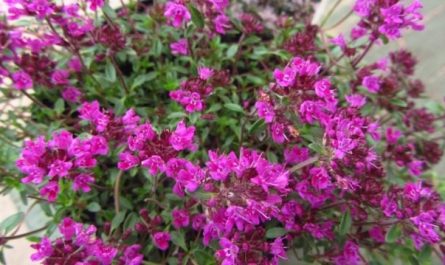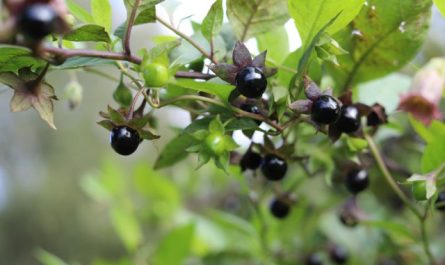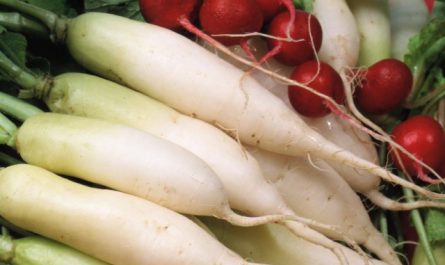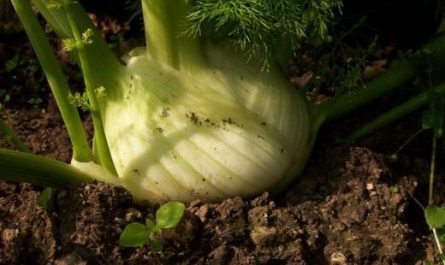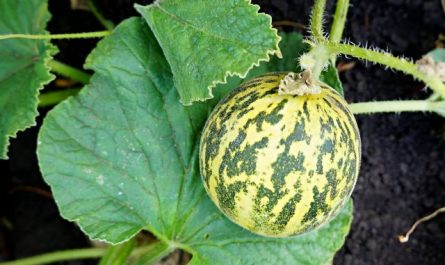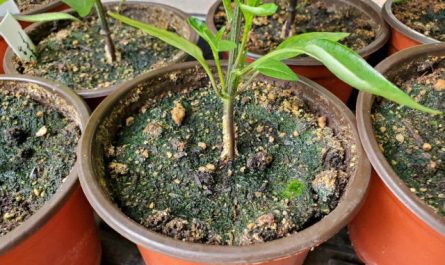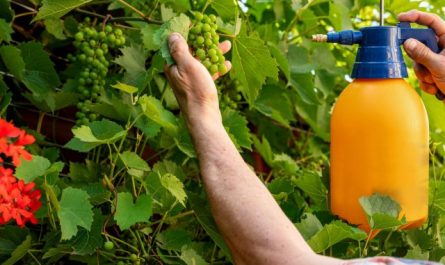Garden strawberries, also known as strawberries, need no special introduction. They are sweet, juicy, and ripen among the first on the plot. Most summer residents grow not one or two varieties, but a whole collection. However, diseases, pests, and unfavorable conditions often dash our hopes for a rich harvest. Fortunately, nature has thought of everything: there are plants that help the crop develop well and protect it from pathogenic organisms. Careful selection of neighbors will create favorable conditions for strawberries.

We will tell you about the best companions for strawberries and about plants. And also about those that should be planted away from it, because among them there are those that oppress the berry crop.
Why do strawberries need neighbors?
Mixed or combined plantings are very popular in Western Europe. In Russia, the method has not become widespread, and this is understandable. We have a lot of land and there is no point in saving, while most European countries are small, and there are areas where every free patch is worth its weight in gold. And since we have enough free space, why do strawberries need companions, because they will have to share nutrients, water and sunlight with them? However, there is a benefit from them and it is quite noticeable.
Advantages of mixed plantings
- Some crops help the roots of garden strawberries to better absorb nutrients and microelements.
- There are plants that improve the taste and nutritional value of berries.
- Mixed plantings confuse pests, preventing them from finding strawberries.
- When planting several crops in a bed, there is no one-sided depletion of the soil, and the nutrients are consumed more evenly.
- Insecticide plants release substances that repel pathogens and pests.
Another undeniable advantage (not for strawberries, but for summer residents) is that with combined plantings, a higher total yield can be collected from a unit of area than when growing a monoculture.
Main types of plant interactions
There is such a thing as allelopathy. This is the influence of plants on each other, through the release of certain substances by roots, flowers or leaves. The influence can be of two types.

- Direct. Volatile compounds emitted by crops planted near strawberries have a beneficial or negative effect on them. Substances secreted by plant roots (enzymes, sugars, organic acids) are absorbed by the strawberry root system.
- Indirect. Plants change the chemical composition and structure of the soil, making it either suitable or unsuitable for strawberries.
In addition to chemical effects, companions also have a physical effect, creating shade, preventing weeds from growing, or retaining moisture in the soil. The influence of plants on berry crops can be both positive and negative, so it is necessary to carefully select not only predecessors but also neighbors for your favorite berry bush.
The best companions for strawberries
Companions, or companion plants, are crops that should create the most favorable conditions for growing garden strawberries. This group includes many aromatic herbs, legumes, flowers, herbs, and vegetables. They all affect the berry bush in different ways. For example, dandelion releases ethylene, which accelerates the ripening of fruits. We will tell you about the best companions for strawberries.
beans
Legumes have a unique ability to fix nitrogen from the air. They do this with the help of nodule bacteria living on the roots. Then they supply not only themselves with this substance, which is so necessary for plants, but also strawberries, which need nitrogen for good growth of green mass. The berry crop grows best next to beans, although it can be planted together with other beans. When grown together with companions from the legume family, garden strawberry bushes become powerful and bear fruit abundantly.

Bow
Most insects cannot stand the volatile sulfur compounds emitted by onions. Planted next to strawberries, the plant acts as a repellent to pests. According to some data, this crop is believed to partially prevent fusarium wilt. All types of onions have proven themselves well in mixed plantings: chives, leeks, onions, and leeks. When planting the latter, you need to ensure that it does not shade the berry bushes, as the leek is quite tall.

Parsley
The root system of parsley loosens the soil, creating favorable conditions for the growth of strawberries. In addition, the green crop attracts predatory insects that help in the fight against pests. Parsley is one of the few plants that repel slugs.

Spinach
Spinach is one of the best neighbors. Its leaves cover the soil, retaining moisture in it longer. The roots secrete saponins – substances that have antifungal, antimicrobial effects and help strawberries better absorb nutrients.

Garlic
Like onions, garlic produces volatile sulfur compounds. Their pungent smell repels strawberry pests (spider mites, aphids, and others). In addition, garlic produces substances that improve the taste of berries and prevent damage to fruits by white and gray rot.

Lettuce Salad
Lettuce leaves cover the ground, reducing the growth of weeds, protecting the soil from drying out and preventing crust formation. The soil remains loose, which provides good access of oxygen to the strawberry roots.

Borage (cucumber herb)
The small blue flowers of the plant attract bees, which improves pollination. Entomophagous insects that eat pests also love borage. And borage also makes strawberries sweeter. However, it should be taken into account that the plant is quite large. To prevent it from shading the strawberries, it is planted on the north side of the berry plantation.

Marigold
Many pests find strawberries by smell. If you plant marigolds next to them, the flowers will drown out the strawberry aroma with their strong fragrance. Marigolds also produce a substance that is toxic to root-knot nematodes that attack the roots of garden strawberries.

Radish
Radish is a great companion for strawberries. It ripens early and can be harvested before the strawberries grow. During its stay in the garden, the root crop loosens the soil, improving its structure and making it more suitable for growing berries.

Sage
The spicy plant masks the berry bush from pests with its scent. In addition, the persistent aroma of the companion plant disorients voracious slugs that can quickly deal with the harvest. Sage flowers attract bees and other pollinators, which helps increase the strawberry harvest. It is also believed that the berries of strawberries planted next to sage become more aromatic and acquire a rich, distinct taste.

The Worst Neighbors for Strawberries
The downside of mixed plantings is that neighboring crops can take away moisture and nutrients from strawberries, shade them, promote the spread of diseases, and attract pests. Some plants secrete colines, phenolic compounds that suppress the development of strawberries and have a toxic effect on them. It is important to identify such crops and keep them as far away from the berry patch as possible.
Raspberries and blackberries
The bushes have common pests with strawberries. The raspberry-strawberry weevil is especially dangerous. In addition, the raspberry bush grows quickly. It will shade the light-loving strawberries and take away moisture from them.

Nightshades (tomatoes, peppers, eggplants, potatoes)
They need the same nutrients as strawberries. Another disadvantage is that they are carriers of a disease that is terrible for berry crops (late blight).

All kinds of cabbage
These vegetable crops slow down the development of strawberries and require frequent and abundant watering, which is unacceptable. With such a water regime, the berries begin to rot.
Mint
On the one hand, its smell confuses pests, preventing them from finding the berries, on the other hand, the roots of the spicy herb grow very aggressively, displacing the strawberries.
All large vegetables
Pumpkins, cucumbers, sunflowers, corn, and squash grow quickly, completely blocking the strawberries’ access to sunlight.
Carnations
Their secretions suppress and poison garden strawberries.
Important! Much of the information about good and bad neighbors for strawberries is based on personal observations of gardeners, so it should be taken with a grain of salt. In addition, in certain soils and in the same climate, crops can benefit each other, while in other conditions they can be competitors.
